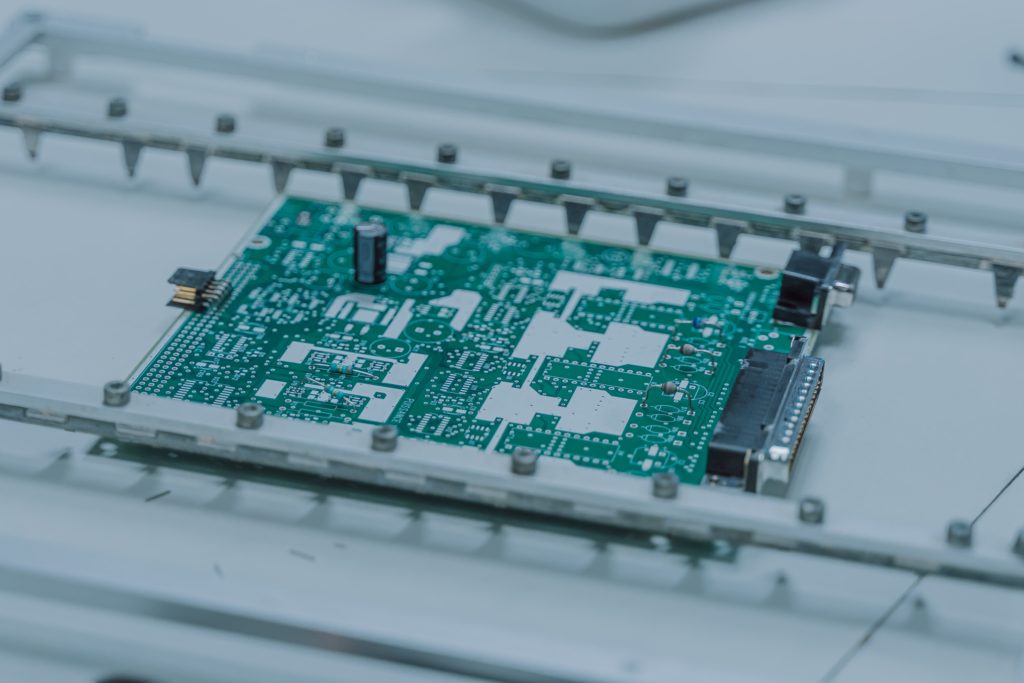Photo by Brett Jordan on Unsplash
The government of several countries has realized the need to establish a semiconductor ecosystem that can cater to computing needs for decades to come without relying on external factors. In doing so, several new policies and acts are getting approved with the sole purpose that the semiconductor companies will drive the development of an in-country semiconductor ecosystem.
When it comes to the semiconductor ecosystem, it might never be possible to be 100% resilient and independent. However, it is possible to be 100% resilient and independent in specific parts of the semiconductor product development process.
Act: Government Driven Acts And Policies For Semiconductor Industry Are Rising.
Plan: Semiconductor Companies, Mainly Manufacturing, Will Have To Plan Carefully To Make Most Of These Acts And Policies.
While governments can drive different semiconductor industry-focused acts and policies, the crucial part is the process followed by the semiconductor industry after the government has approved new policies. And, to enable a positive impact demands an error-free plan, and certainly something achievable, from semiconductor companies.
It should not happen that semiconductor companies are coming up with massive plans of expansion to leverage the incentives, and the execution parts lag. Such scenarios, if occurred, can end up creating a negative impact and might severely push the industry backward.

To leverage new acts, semiconductor companies should focus on the core strength to efficiently utilize benefits. There are several ways to do so:
Expansion of design and manufacturing.
Focus on mergers and acquisitions.
Increase academia-industry collaboration.
New joint ventures.
And several other businesses and technology-driven decisions.
All these approaches are not risk averse. It requires due diligence in the implementation and execution part. Doing so in the semiconductor business is more critical due to the long implementation time and high investment with slower than expected returns.
Implement: Implementing The Plan By Utilizing The Benefits Provided By The Acts Will Be A Major Task.
Execute: Execution After Implementation Has To Be Error-Free. Otherwise, The Positive Impact Of Acts Is Not Achievable.
With new acts getting approved by different governments, there will be a sudden push for expansion. It is where companies will have to be very careful of over/under committing. The goal should be to ensure these acts are to power the next-gen solutions without any delay and cancellation.
Governments slowly but surely are doing their part by providing the right impetus to enable the expansion of the in-country semiconductor ecosystem. Now it is on the semiconductor industry (mainly core and large companies) to focus on efficient use of the process to ensure continuous development of the semiconductor ecosystem.




















